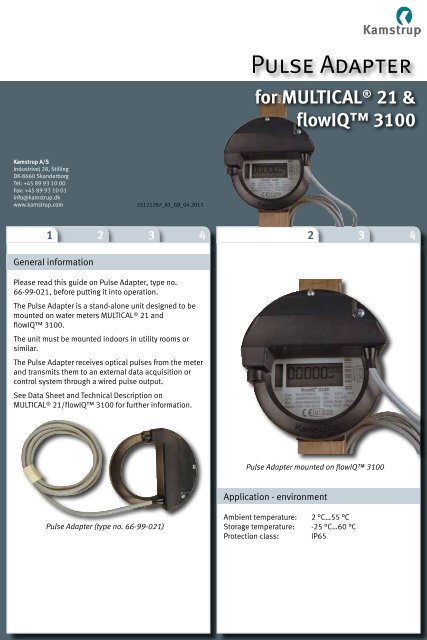Resting Heart Rate. Your resting heart rate is often a good determination as to how fit you are, as well as indicating if you're either over training or unwell - showing up as unxplained increases in resting heart rate. Its important to remember that the best time to take this test is first thing in the morning, when you awake, as simply. The average resting heart rate for an adult is between 60 and 100 beats per minute, while well-conditioned athletes can achieve between 40 and 60 beats per minute. The maximum pulse rate is 220 minus your age, and the target for a healthy pulse rate.

You’re Not Active Enough. A normal resting heart rate for the average adult is 60 to. Understanding the difference between blood pressure and pulse. While your blood pressure is the force of your blood moving through your blood vessels, your heart rate is the number of times your heart beats per minute. They are two separate.
The average resting heart rate (HRrest) for a 66 year old is 72 beats per minute2. 66 year old males average heart rates of 70 bpm while females average slightly higher at 73 bpm2. The normal resting heart rate range for all adults and children 10 and over is between 60 and 100 beats per minute3. 90% of 66 year olds resting pulses fall within the range of 54 to 91 bpm. In general, an adult's resting heart rate will be lower for those in better athletic condition. See also: Exercising heart rates for 66 year olds
Pulse 66
Resting Heart Rate Chart 66 Year Olds
| Percentile | All | Men | Women |
|---|---|---|---|
| Top 1% Athlete | 47 bpm | 45 bpm | 52 bpm |
| Top 2.5% Athlete | 50 bpm | 48 bpm | 54 bpm |
| Top 5% Athlete | 54 bpm | 50 bpm | 56 bpm |
| Top 10% Excellent | 56 bpm | 54 bpm | 59 bpm |
| Top 25% Good | 62 bpm | 60 bpm | 64 bpm |
| Top 50% Average | 69 bpm | 67 bpm | 70 bpm |
| Top 75% Average | 77 bpm | 75 bpm | 78 bpm |
| Top 90% Higher Than Average | 85 bpm | 84 bpm | 86 bpm |
| Top 95% Very High | 91 bpm | 91 bpm | 92 bpm |
| Top 97% Very High | 97 bpm | 98 bpm | 96 bpm |
| Top 99% Extremely High | 102 bpm | 102 bpm | 102 bpm |
Resting Heart Rate For Women
Source Citations
- American Heart Association Target Heart Rates
- Yechiam Ostchega, Ph.D. et al., U.S. Department OF Health and Human Services National Center for Health Statistics Resting Pulse Rate Reference Data for Children, Adolescents, and Adults: United States,1999-2008


Change age

